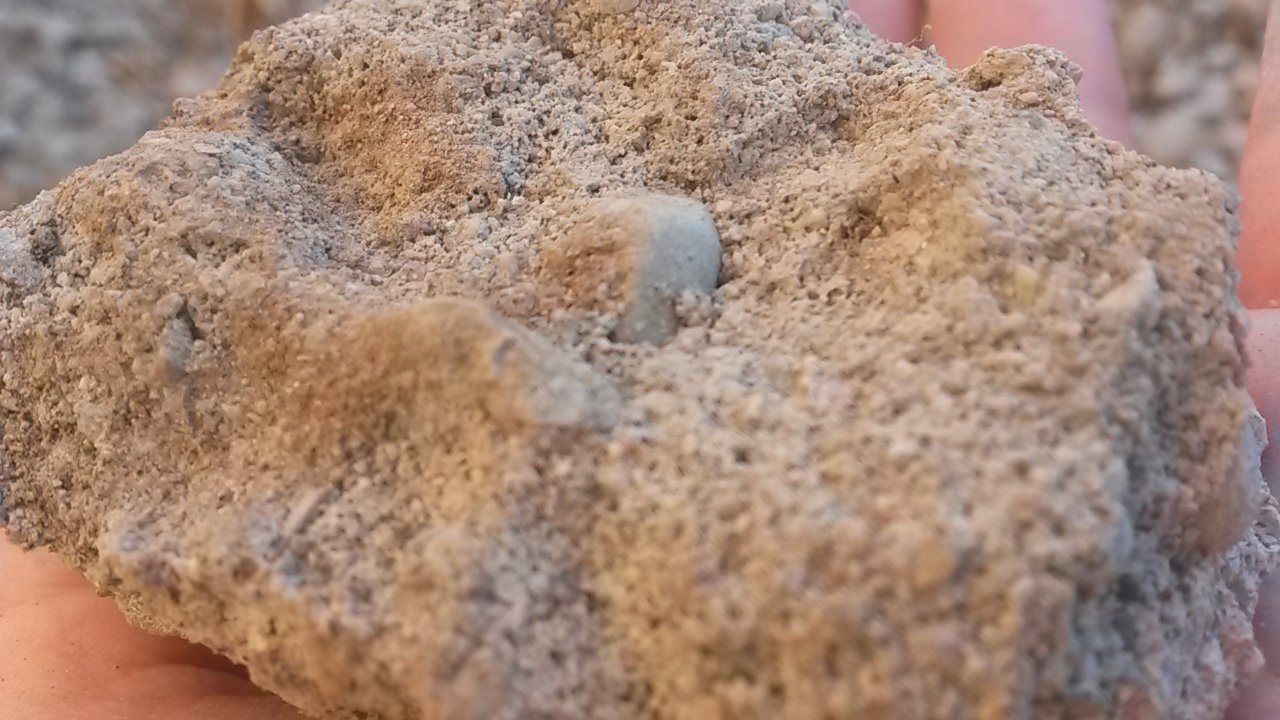Fixing Soil for Landscape Success

With winter rain comes the opportunity to observe how your landscape drains. Where does water flow? Where do puddles form? Do your plants seem more green and lush after the rain, or do you notice issues with the foliage? Soil, water, and plant health are all related. A beautiful landscape starts with healthy soil.
Landscaping with Desert Soil
If you dig a hole about five feet deep, you’ll notice there are different layers in the soil. Each layer has different physical characteristics. In general, desert soils have a very thin layer of organic matter on top. Beneath that, the soil mostly consists of minerals. It’s alkaline, shallow, and often saline. Desert plants have adapted to these conditions, while non-native plants can suffer if the soil isn’t treated. Development and high traffic affect soil health, and can lead to less than optimum conditions even for native plants.
Fortunately, landscapers can test the soil without having to dig a huge ditch. They not only test pH with professional soil meters, they can also calculate cation exchange capacity, nutrient absorption rates, and more. Looking at the soil surface, feeling the soil, and observing foliage issues allows us to diagnose soil problems.
Common Soil Problems in Southern Arizona
Compaction: Areas that have been walked on, driven over, or otherwise pressed suffer from compaction. Compaction squeezes soil down and reduces the size of air pockets between soil particles. This affects the flow of water and nutrients. To improve drainage, soil aeration might be necessary.
Caliche: Caliche forms when very small soil particles bind together. This results in a soil layer that looks and acts like concrete. Caliche creates a barrier to proper drainage. Deep layers of caliche can be very thick, but more shallow layers tend to only be an inch or two thick. If it’s in the root zone, it should be removed.
Too much salt: Water washes salt away via runoff or absorption into the soil. Without frequent rain, salt can build up. Sometimes you can see the salt deposits, and sometimes the soil simply appears cracked. Overfertilization, salty irrigation water, and shallow irrigation contribute to salt buildup. Before planting, the salt needs to be leached out with water.
Micronutrient deficiencies: Common deficiencies that cause plant problems in the Phoenix area include phosphorus, nitrogen, iron, manganese, and zinc deficiencies. Plants with broad leaves tend to need more of these nutrients. Since these nutrients are insoluble, they need to be applied in a form that is soluble, or in a form that can be absorbed by the leaves instead of the roots.
The Science of Applying Fertilizers
There’s a Goldilocks sort of equilibrium to applying fertilizers and other soil amendments. Too few nutrients causes plants to suffer, but so does too much. Over-application of fertilizer contributes to pollution, and it’s wasteful.
Even for commercial landscapers, amending soil over a large area is simply impractical. Adding a nicely aerated organic layer to a backyard vegetable garden is doable, but completely changing the soil composition over an entire property makes little sense.
A sustainable strategy for soil health might include:
- Analyzing soil before planting, and choosing plants that are suited to the soil as-is.
- Understanding drainage in a given area in order to optimize irrigation systems and schedules.
- Deep watering less frequently as opposed to shallow watering more frequently.
- Planting trees and shrubs that drop foliage in order to naturally mulch the soil and add organic matter.
- Planting legumes or species that fix nitrogen in the soil, such as acacia.
- Controlling foot traffic in landscape areas in order to avoid compaction.
- Applying the required nutrients directly to plants that need them, instead of over the entire area of the landscape.
Need a professional landscaper to analyze your site? Contact us for commercial and residential landscape services in Phoenix.

